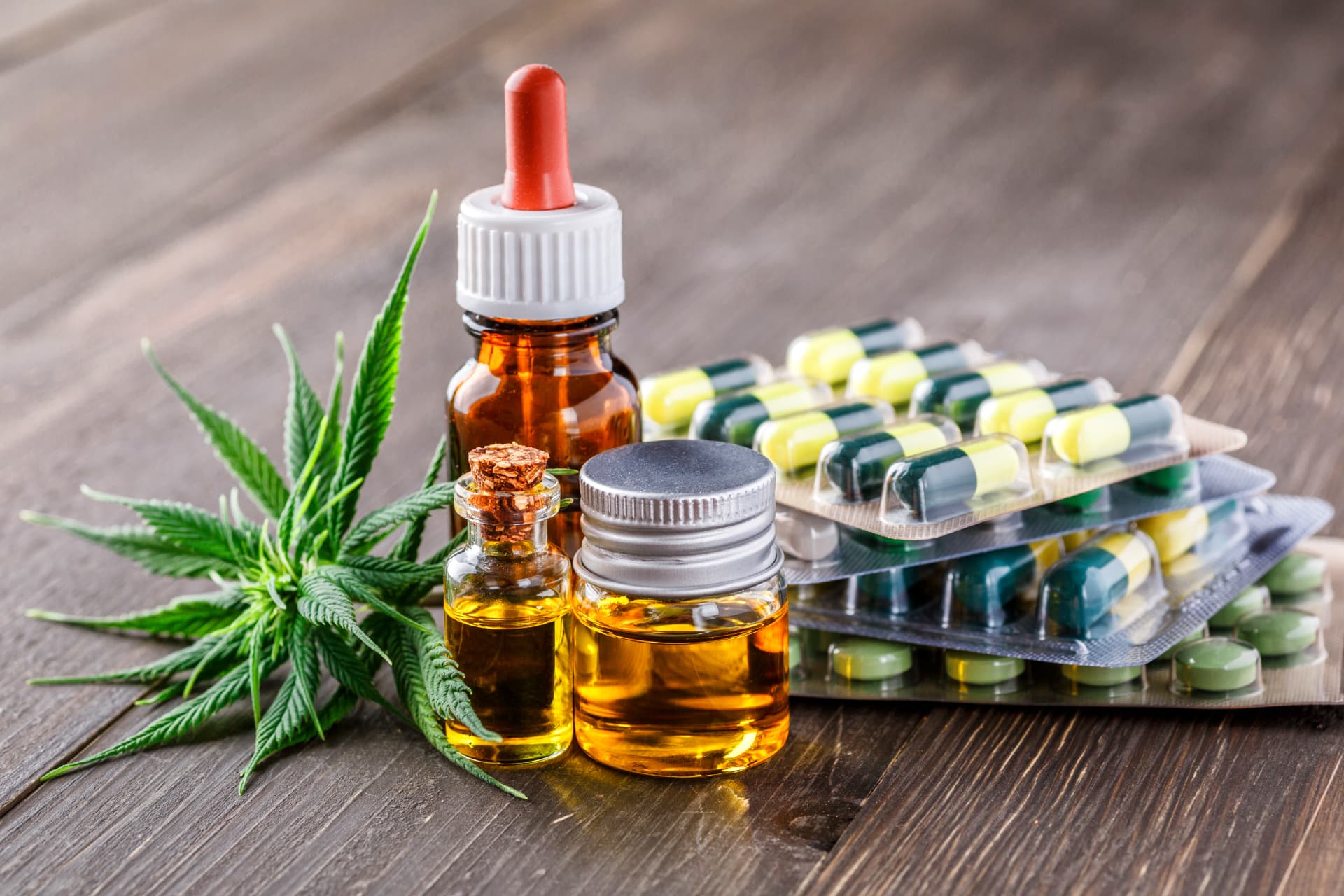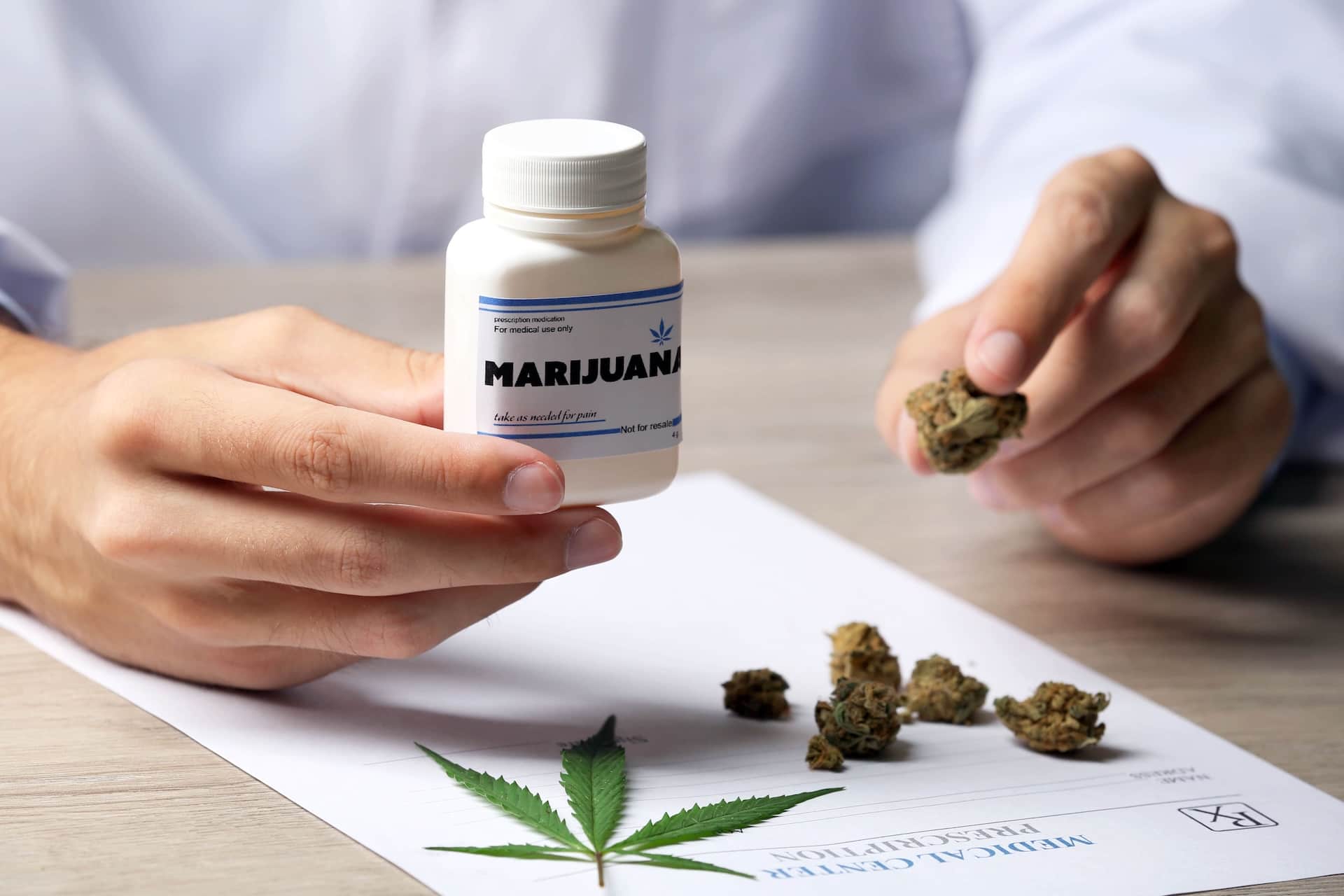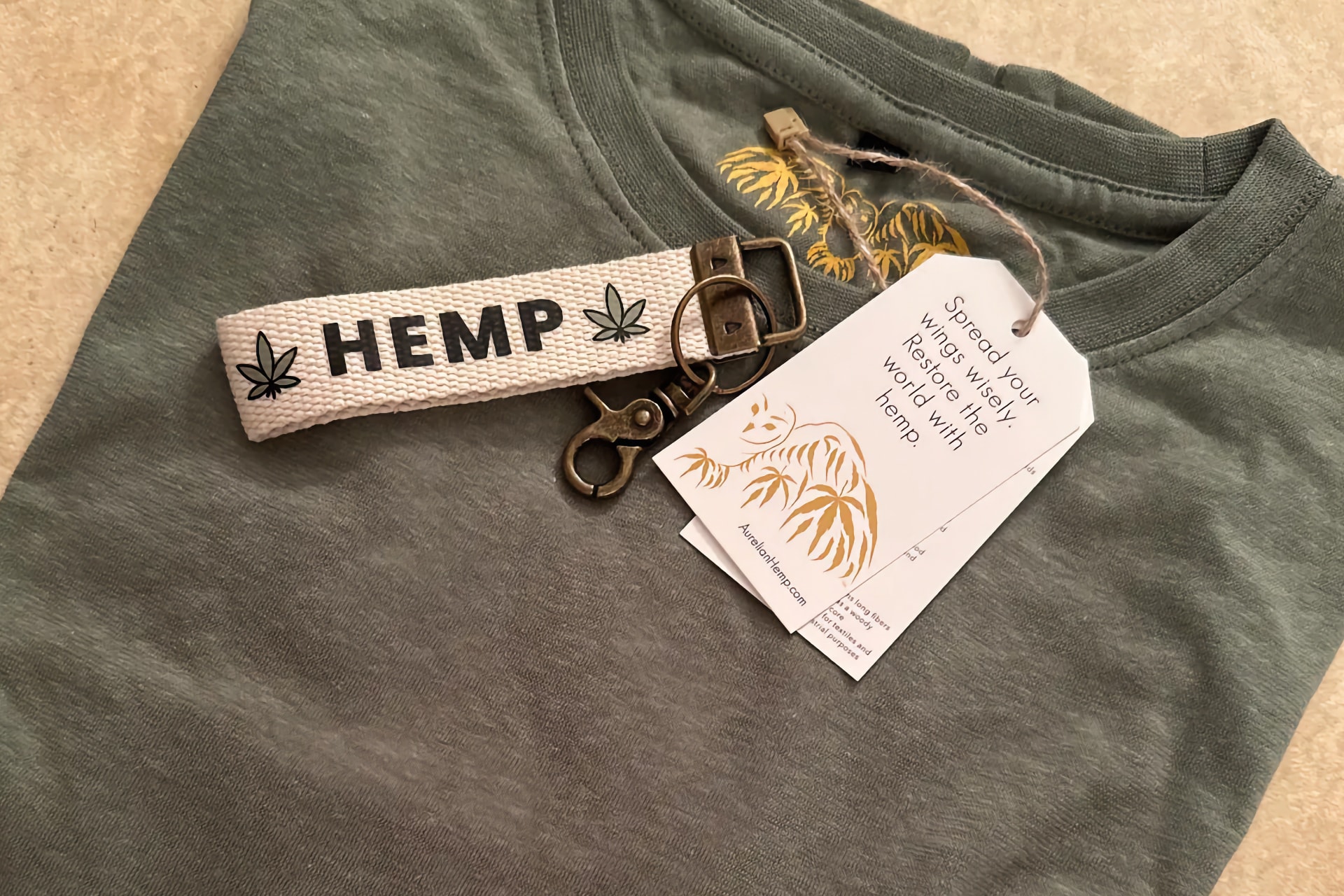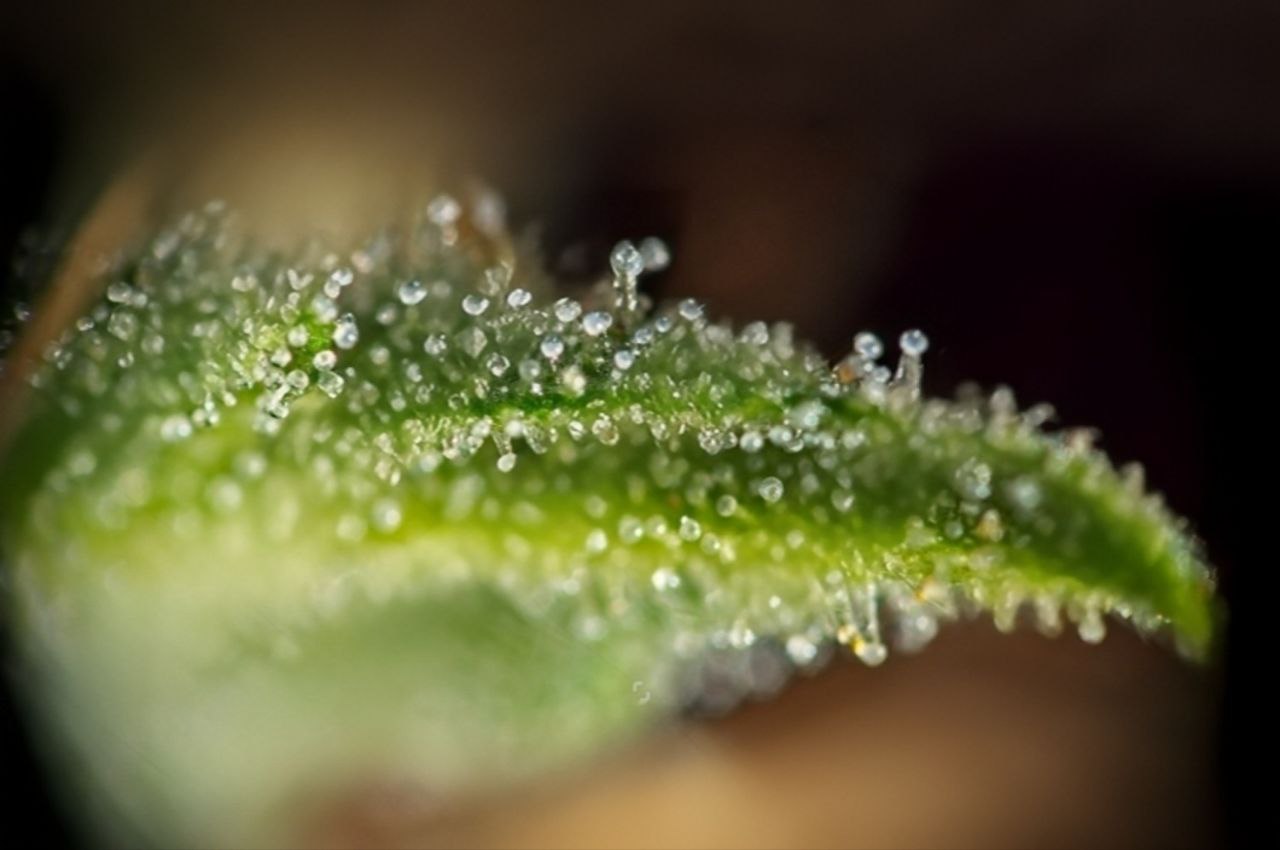Most people recognize marijuana for its two major substances: THC, responsible for psychoactivity, and CBD, valued for its therapeutic effects. However, recent research has identified approximately 600 different chemical compounds in cannabis, and scientists are paying more and more attention to some of the less-famous ingredients. Let’s find out why!
Cannabis ingredients can be categorized into four groups:

THC and CBD are the most famous cannabinoids. THC causes the psychoactive effect, while CBD is known for helping with relaxation and fighting inflammation. Besides them, scientists have uncovered more than 100 cannabinoids with unique pharmacological profiles.
Here are three of the most interesting minor cannabinoids:
Terpenes are the tiny molecules behind marijuana’s unique smell and taste — their combination can make it smell fruity, floral, or earthy depending on the blend. Terpenes don’t just add fragrance; they also boost cannabis’s effects. For example, the terpene pinene has a bronchodilation effect, and all monoterpenes (limonene, menthol and others) are known antiseptics. Scientists are now exploring if terpenes can act as antioxidants and immune boosters.
For more information, please check out our detailed cannabis terpenes review.
Flavonoids are pigments that define cannabis (and other plants) color, while their potential health benefits are currently under investigation. So far, flavonoids are among the most promising but least explored cannabis compounds in medicine.
Here are some of the most remarkable flavonoids found in marijuana:
Beyond cannabinoids, terpenes and flavonoids, cannabis contains amino acids (the plant’s building cells), sugars (energy for growth), and a wide range of minerals and vitamins. These nutrients vary depending on strain and growing conditions and can include magnesium, potassium, calcium, copper, and zinc, as well as vitamins B, C, and E.
While these nutrients help the plant thrive, cannabis’s real medical value is still tied to its unique blend of cannabinoids, terpenes, and flavonoids. Researchers agree that these cannabis elements work the best in synergy rather than separately: each one boosting the others.

In September 2025, Dr. Dustin Sulak, the founder of Healer.com and well-known American cannabis expert, presented a webinar exploring how cannabis can help with cancer, wound healing, ALS and Alzheimer’s disease.

Hashish is a concentrated form of the sticky crystals, called trichomes, taken from marijuana flowers and pressed into bricks. In Spanish cannabis clubs, members can find three main types of hashish: Dry Sift, Semi Dry, and Resin.

According to the Spanish Ministry of Health, cannabis use among adolescents has dropped by 40% over the last two decades.

Why is hemp considered one of the most promising crops for sustainable production? What properties does industrial hemp possess?

Why is hashish surrounded by legends and mystical stories? What role did it play in the culture of the Arab world and in 19th-century European literature?

What are cannabis terpenes and how do they work? A brief guide to the aroma profiles of the most popular marijuana strains.

The best exhibitions, festivals and conferences around the world: check out our list of cannabis events for the industry professionals and enthusiasts, as well as for travelers eager to explore the world of cannabis.